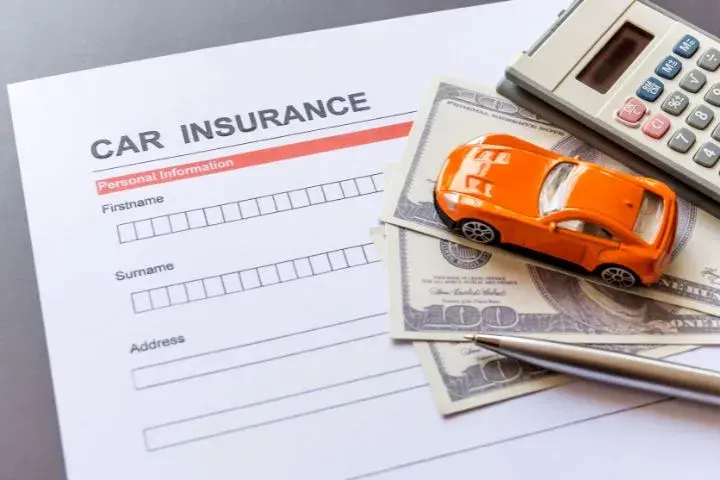Car Breakdown in Europe: Essential Tips for Travelers in 2025

by Abu | Last Updated April 17, 2025

Picture this: you’re cruising along a scenic coastal road in the South of France when suddenly your car makes an alarming noise and stalls completely. Each year, thousands of travelers face unexpected car breakdowns while exploring Europe’s beautiful landscapes.
In fact, a recent study by the European Travel Commission found that nearly 15% of tourists experience some form of vehicle trouble during their European adventures!
Don’t let car troubles ruin your dream vacation. This comprehensive guide will walk you through everything you need to know about handling car breakdowns in Europe, from preparation to on-the-spot solutions.
Whether you’re planning your first European road trip or are a seasoned traveler, these car breakdown Europe tips will ensure you’re ready for anything the road throws your way!

Preparing Before Your Trip
Nothing ruins a European road trip faster than being unprepared for a breakdown! Been there, done that—and spent a miserable afternoon on the side of a rural Spanish highway because I didn’t do my homework.
First things first: you absolutely need:
- Your passport
- Driver’s license
- Vehicle registration
- Proof of insurance
But don’t stop there! Many countries require an International Driving Permit (IDP), which you can snag from AAA for about $20. Trust me, it’s worth every penny when that Italian police officer pulls you over!
And please, PLEASE get your vehicle checked before you go. I learned the hard way that a simple timing belt replacement could’ve saved me from that disaster outside Barcelona.
Most American insurance doesn’t cover Europe, so grab a temporary European policy. We’ve had great luck with the breakdown coverage from AXA.
Pack some emergency kit essentials tailored for your European travel:
- Jumper cables
- Reflective vest (legally required in many countries!)
- First-aid kit.
And download the “Breakdown Europe” app—a total lifesaver when your car decides to quit in the middle of nowhere!
Understanding European Emergency Services
Okay, folks, this is super important stuff I wish someone had told me before my first European adventure! The magic number across ALL European countries is 112 – it’s like their version of 911, and it works everywhere. Jot it down now, or save it on your phone!
But here’s the thing – for non-life-threatening car issues, you’ll want specific roadside assistance numbers instead. In France, it’s 17 for police who can help with highway breakdowns, while Germany‘s ADAC is reached at +49 180 2222222. I’ve used both, and they’re actually pretty efficient!
Wait times vary wildly depending on where you are. Western Europe? Usually under an hour. Rural areas in Eastern Europe? Might be twiddling your thumbs for 2-3 hours, especially on weekends. We got stuck outside Prague once and waited nearly 3 hours – wish I’d packed more snacks!
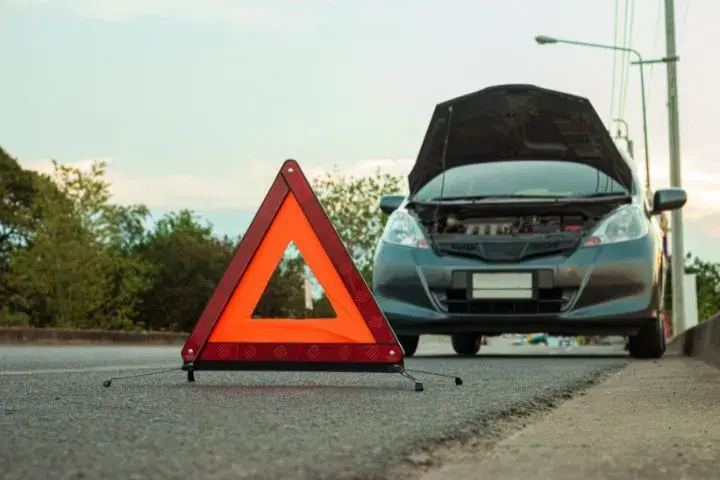
Communication can be tricky. I recommend downloading Google Translate with the offline language packs before your trip. Most operators speak some English, but having key phrases like “flat tire” or “engine won’t start” in the local language is clutch. Take photos of your problem, too – a picture explains things when words fail!
Payment usually requires a credit card, and prices range from €80 in Eastern Europe to over €200 in Scandinavia for a basic callout. Keep those receipts, though – many travel insurance policies will reimburse you!
Country-Specific Breakdown Regulations
Let me tell you, breakdown rules in Europe are about as consistent as my GPS signal in the Alps – which is to say, not at all!
- Western Europe generally has well-established systems with English-speaking staff.
- Eastern European countries might have patchier coverage and more paperwork. Been there, struggled with that!
- In France, you MUST use the orange emergency phones on highways rather than calling on your mobile – something I learned the hard way outside Marseille!
- Germany‘s autobahns require you to set up warning triangles 100 meters behind your vehicle.
- In Italy, you need both a warning triangle AND a reflective vest.
- Spain takes it even further – everyone exiting the vehicle needs a vest!
Toll roads are actually a blessing in disguise when breaking down. Most have surveillance cameras and dedicated service teams. We broke down on the A7 in France and had help within 20 minutes, whereas our rural Portugal breakdown meant a 3-hour wait.
Documentation requirements vary, too. In Germany, they’ll want to see your “green card” insurance document, while Greek officials once demanded our vehicle registration papers translated. And if you’re driving in Sweden or Norway during winter months, it’s actually illegal to break down without winter emergency equipment like blankets and candles!
For 2025, the big change is the new Digital Vehicle Assistance Protocol in the EU, which means rental cars must have QR codes that emergency services can scan to access vehicle specs. Super helpful, but only if you know to point it out!
Common Car Problems and Solutions
Battery drama is real in Europe! Those Scandinavian winters can kill a battery faster than you can say “reindeer.” We learned this the hard way in Finland when our rental wouldn’t start at -15°C.
Pack a set of jumper cables and learn how to use them before you go. Most European cars use the same battery systems as ours, so the process is identical.
Tire blowouts are another headache, especially on those winding mountain roads. The tricky part? European tire sizes use different measurements! I once spent three hours in a tiny Italian garage trying to find the right fit. Take a photo of your tire sidewall info before your trip – it’ll save you tons of grief when communicating with local mechanics.
The fuel thing catches everyone off guard. In the UK, “petrol” is gasoline and “diesel” is, well, diesel. But watch out! European diesel pumps are often colored black or yellow, not green like in the US. I accidentally put gasoline in a diesel car in Spain once – a €600 mistake I won’t repeat!
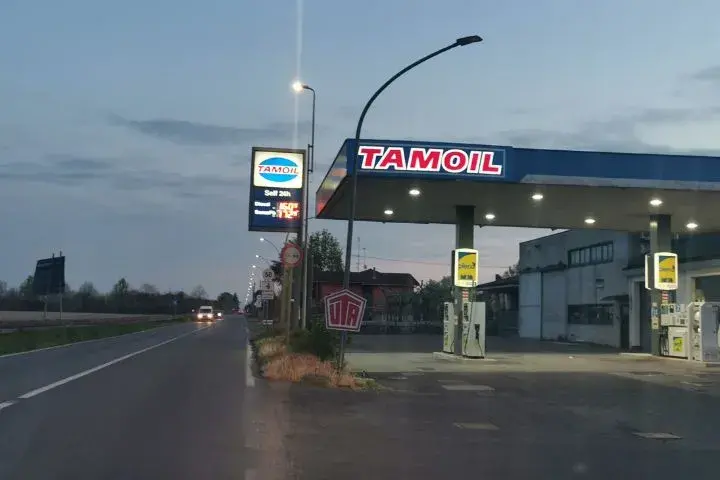
Mediterranean summer driving is brutal on cooling systems. If your temperature gauge starts climbing while crawling through traffic in Greece or southern Italy, turn off your AC immediately and crank the heater on full blast. Sounds crazy in 95° heat, but it draws warmth away from the engine.
With electrical gremlins, simple fixes sometimes work. Wiggling connections or tapping fuses can temporarily solve issues. But engine knocking, blue smoke, or grinding sounds? Don’t mess around – call the pros. The money you’ll spend on a tow is nothing compared to a completely fried engine in a foreign country.
Navigating Language Barriers During Breakdowns
Nothing makes you feel more helpless than trying to explain a weird engine noise in a language you don’t speak! I’ve been through this nightmare in rural Portugal, and let me tell you – having a cheat sheet of car terms saved my bacon.
Write down translations for basics like “engine,” “tire,” “battery,” and “tow truck” in the languages of the countries you’ll visit.
Google Translate is your bestie in these situations, but here’s a trick most tourists miss – download the offline language packs BEFORE your trip! Cell service can be spotty when you’re broken down in the middle of nowhere.
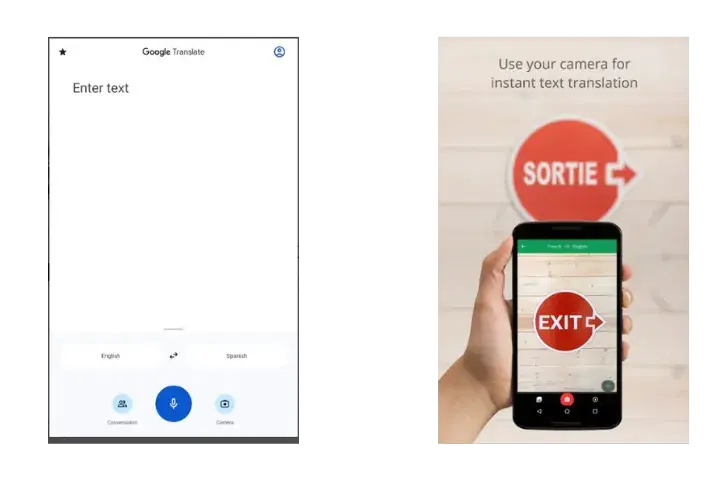
When words fail completely, don’t underestimate good old pointing and sound effects. I once successfully mimicked a fan belt problem to a Greek mechanic by making a “whap-whap-whap” noise while pointing at the engine. He got it immediately! Photos and videos of the problem can work wonders too.
Finding English speakers varies dramatically by region. Northern Europeans (Dutch, Scandinavians, Germans) often speak excellent English.
Southern and Eastern Europe? Not so much. Tourist areas are obviously better, but in rural areas, try finding younger people – they’re more likely to have studied English in school.
When dealing with mechanics, keep it simple and be patient. Write down cost estimates before agreeing to repairs – numbers can cross language barriers.
And don’t forget cultural differences! In Spain and Italy, a more animated, friendly approach works better than the reserved attitude that might be your default.
Finally, most repair shops have standard forms available in multiple languages. If not, use translation apps to ensure you understand what you’re authorizing. One American family I met in Munich ended up paying double because they misunderstood labor versus parts costs on a repair form!
Rental Car Breakdown Procedures
Let me share some hard-won wisdom here – ALWAYS read the breakdown policy before driving off the rental lot! I skipped this step in Italy and spent two hours on hold when our Fiat died on a rural road.
Most European rental companies provide 24/7 emergency numbers, but save these contacts in multiple places (phone, email, written down) cause you never know when your battery might die and take your phone contacts with it!
When disaster strikes, document EVERYTHING. Snap photos of the car from all angles, close-ups of any damage, and the exact location. Most rental companies require you to file a report within 24 hours, even for minor issues.
We had a radiator leak in Spain and the company tried charging us extra because we reported it “too late” – luckily I had timestamped photos to prove when it happened!
Insurance is super confusing with European rentals. That basic coverage you thought you had? Probably doesn’t cover breakdowns! Check if your credit card offers rental protection or consider purchasing the rental company’s premium coverage. It seems expensive until you’re facing a €2,000 repair bill in Germany!
Getting a replacement car can be straightforward in major cities but a nightmare in smaller towns. In Paris, we had a new car within 2 hours. In rural Greece? Four days! If you’re stuck somewhere remote, ask the rental company if they’ll cover accommodation while you wait – many will, but you gotta specifically request it.
When returning a formerly broken-down vehicle, insist on a signed document stating you’re not responsible for the mechanical issues. One family I met in Barcelona was charged for engine damage that had happened before their breakdown. Without proper documentation at return time, they were on the hook for repairs!
Reimbursement is always slower than promised, so keep every receipt, every form, and every email. It took me nearly 3 months to get back the towing costs from our French adventure, but persistence paid off!
Costs and Insurance Considerations
Breakdown costs in Europe will give you serious sticker shock if you’re not prepared! Northern European countries like Norway and Sweden typically charge €150-200 just for a basic callout, while Eastern European countries might only run you €50-80. Our breakdown in Germany cost nearly twice what we paid for a similar issue in Croatia.
Before you even pack your bags, call your insurance company and ask specifically about European coverage. Most U.S. policies offer zero international protection, which I learned the expensive way outside Barcelona.
Many travelers don’t realize their premium credit cards often include international roadside assistance! American Express and Chase Sapphire cards typically offer this perk, but you need to call from the breakdown location using their specific assistance number.
Getting reimbursed is where things get messy. Keep every single receipt and take photos of all paperwork, even if it’s in a foreign language. Most insurance companies require the original invoices to be sent by mail (yes, actual snail mail in 2025!), and processing can take 6-8 weeks. We waited almost 3 months for reimbursement after our Italian breakdown adventure.
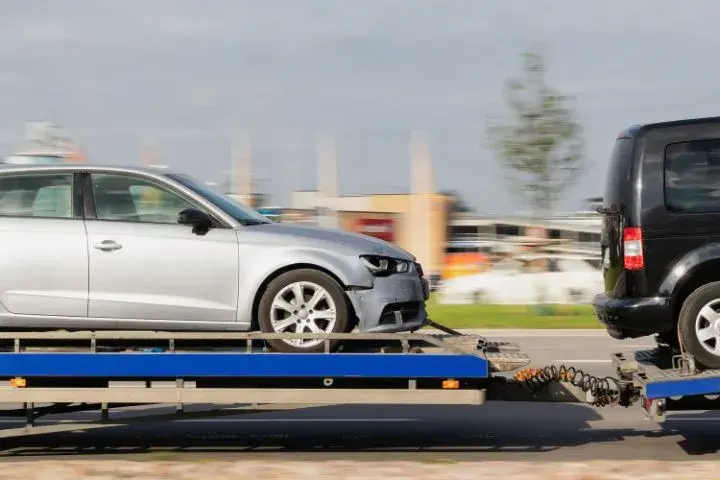
Watch out for those sneaky hidden fees! European towing services often charge per-kilometer rates after an initial distance (usually 20-30km). There’s also typically a separate fee for diagnostics, another for out-of-hours service, and sometimes even a “foreign vehicle surcharge” in places like Germany and Switzerland.
Always ask for cost estimates upfront and get them in writing. When our rental broke down in Spain, the initial quote doubled by the time repairs were completed! Many mechanics assume tourists won’t argue, so don’t be afraid to negotiate – firmly but politely. I’ve had repair costs reduced by 30% simply by questioning individual line items on a French repair bill.
Payment methods vary wildly by region. In Western Europe, most services accept credit cards, but smaller operations in Eastern and Southern Europe often demand cash – and sometimes they want euros even in non-eurozone countries! Always keep at least €200 cash reserved for emergencies.
Conclusion
Experiencing a car breakdown in Europe doesn’t have to derail your entire vacation! By preparing thoroughly before your trip, understanding the emergency services available, and knowing how to handle common car problems, you’ll be equipped to navigate any roadside challenge with confidence.
Remember to always carry essential documentation, have emergency contacts readily available, and maintain a positive attitude—even the most stressful breakdown can become just another travel story to tell when you return home!
Whether you’re exploring the winding roads of Italy or the autobahns of Germany, these tips will help ensure your European road trip remains an adventure rather than an ordeal. Safe travels!



